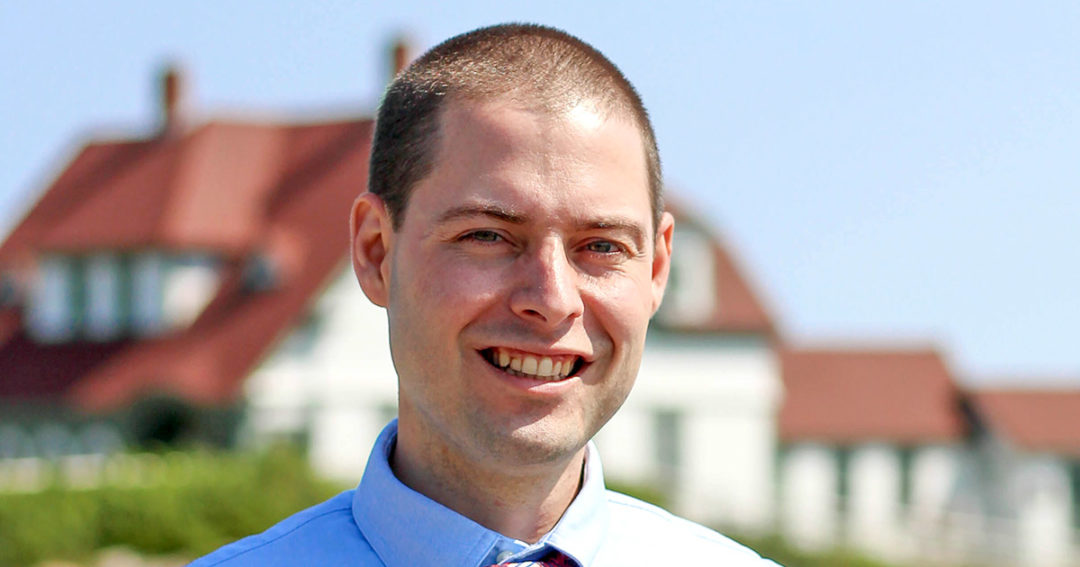
Data drives smart decisions
Fred Lizotte says data allows credit unions to identify future opportunities.
Fred Lizotte believes it’s important to not only understand where you’ve come from, but also what role credit unions will play for tomorrow’s members. As the business intelligence manager for Infinity Federal Credit Union, he believes that understanding comes through questioning everything and making smart, data-driven decisions.
Lizotte was the driving force behind Infinity’s data warehouse, which has allowed the $343 million asset credit union in Westbrook, Maine, to better serve its nearly 17,000 members. “We need the right data at the right time,” he says.
Real-time dashboards and reports are used across all levels of the organization throughout the day: from front-line staff refreshing a “daily production needle” to see the number of new accounts they’ve opened to senior management evaluating the results of strategic initiatives and identifying opportunities for future growth in new markets.
Lizotte came to Infinity—the first credit union in Maine—from a larger bank, seeking a flatter organizational structure. He was attracted by its “Best Places to Work” awards as well as its longevity in the community. The fact that a branch was located near his home was also a plus. What he found was a community-based financial institution less focused on the bottom line than the bank.
“The credit union was always looking for ways to give back,” he says.
He also found a culture of change, where empowerment, collaboration, and data collection are key components. Lizotte sits down with staff and asks what makes their tasks difficult. Then he works to find a way to complete the tasks in a way that creates a positive experience for members.
Lizotte believes process improvements work best when you can start from scratch. “It takes more time, but it means you are not sticking a Band-Aid on a problem,” he explains. “It’s very rewarding to arrive at a solution.”
He’s also a believer in asking members for their opinions to better understand what works for them. He notes that in choosing a new card design, there was a stark difference between what the staff thought the members wanted and what members said they wanted.
